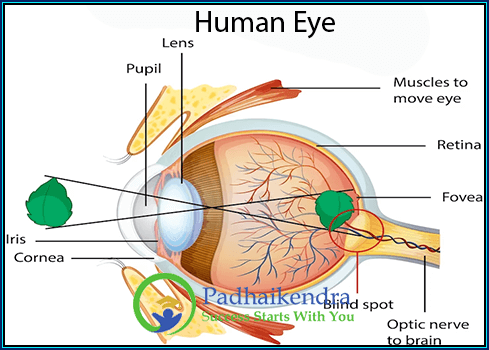Like solids, liquids also expand when heated and contract when cooled due to thermal expansion. However, unlike solids, liquids do not have a definite shape and can take the shape of the container they are in.
When a liquid is heated, the kinetic energy of its molecules increases and they begin to move more rapidly. This increased movement results in the molecules being further apart, causing the liquid to expand. Conversely, when the liquid is cooled, the kinetic energy of the molecules decreases and they move less, becoming closer together, causing the liquid to contract.
The degree of expansion or contraction of a liquid due to changes in temperature depends on a number of factors including the type of liquid, the amount of heat applied, and the initial and final temperatures of the liquid.
The coefficient of thermal expansion is used to quantify the degree of expansion or contraction of a liquid due to changes in temperature. The coefficient of thermal expansion is defined as the change in volume per unit volume per degree change in temperature.
Applications of the expansion of liquids
Thermometers: Liquid thermometers rely on the expansion of a liquid, such as mercury or alcohol, to measure changes in temperature. As the temperature of the liquid changes, the volume of the liquid changes, causing it to rise or fall in the thermometer’s tube, indicating the temperature.
Engine coolant: The expansion of liquid engine coolant due to changes in temperature can be used to regulate the temperature of the engine. As the engine heats up, the coolant expands, circulating through the engine and carrying away excess heat.
Cooking: The expansion of liquids due to changes in temperature is used in cooking. For example, when boiling water, the water expands as it is heated, causing it to boil over if the pot is too small.
Sealed containers: The expansion of liquids due to changes in temperature must be taken into account when designing sealed containers. If a container is sealed and the liquid inside expands due to a rise in temperature, the pressure inside the container can increase, potentially causing the container to rupture.
Cubical expansion of liquids(or volume expansion of liquids)
 Cubical expansion or volume expansion of liquids refers to the increase in the volume of a liquid due to a change in temperature. When a liquid is heated, the kinetic energy of its molecules increases, causing them to move faster and further apart from each other. As a result, the liquid takes up more space, which results in an increase in volume.
Cubical expansion or volume expansion of liquids refers to the increase in the volume of a liquid due to a change in temperature. When a liquid is heated, the kinetic energy of its molecules increases, causing them to move faster and further apart from each other. As a result, the liquid takes up more space, which results in an increase in volume.
The amount of volume expansion of a liquid depends on the coefficient of cubical expansion of the liquid, which is a measure of the change in volume of the liquid per unit change in temperature. The coefficient of cubical expansion varies from one liquid to another and can be affected by the pressure and composition of the liquid.
The formula for calculating the volume expansion of a liquid is:
ΔV = V₀ * β * ΔT
where ΔV is the change in volume, V₀ is the initial volume of the liquid, β is the coefficient of cubical expansion of the liquid, and ΔT is the change in temperature.
Applications of cubical expansion of liquids
Thermometers: Liquid thermometers rely on the expansion of a liquid, such as mercury or alcohol, to measure changes in temperature. The amount of volume expansion of the liquid in the thermometer corresponds to the change in temperature being measured.
Temperature sensors: Volume expansion of liquids can be used to create sensors that detect changes in temperature. For example, a glass bulb filled with a liquid that expands with temperature can be used to create a thermometer or thermostat.
Calibration of instruments: The volume expansion of liquids can be used to calibrate instruments such as thermometers, hydrometers, and barometers.
Control of industrial processes: The volume expansion of liquids is used in the control of industrial processes. For example, the volume expansion of liquids can be used to control the temperature of a chemical reaction by regulating the amount of heat input.





